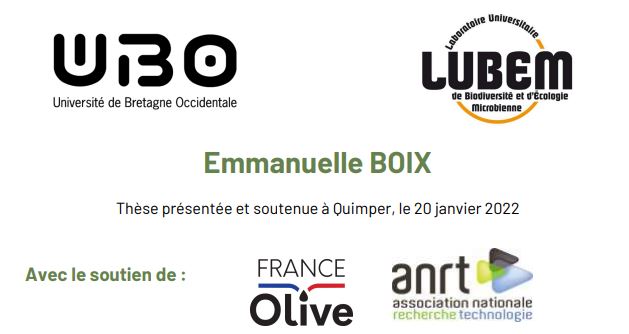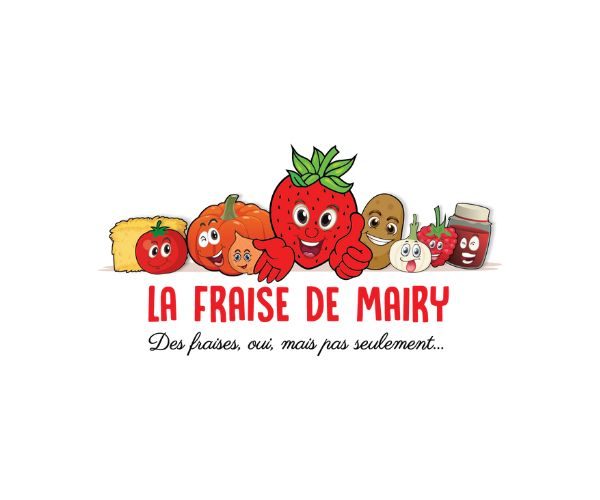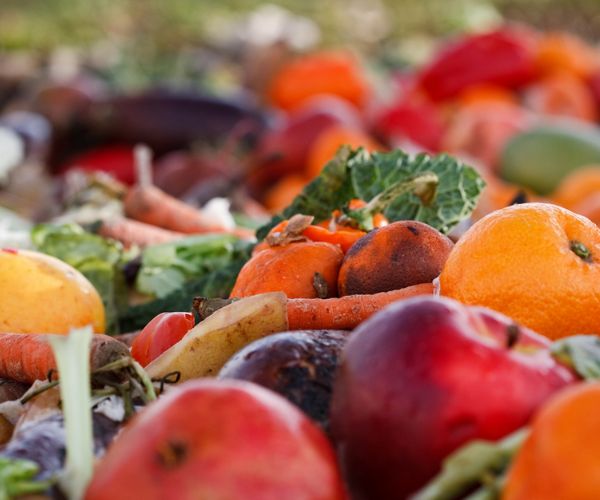Preservation of product quality and food safety
The technical information of the SAFOOD project is available!
18
May

Published on : 18/05/2022
The technical information of the project - SAFOOD PhD Thesis: Modeling the growth probability of C. sporogenes and C. botulinum group I as a function of pH and NaCl concentration after low intensity heat treatment is available.
C. botulinum Group I is the most heat-resistant pathogenic bacterium and its elimination requires strong heat treatments that can affect the quality of food. To limit the intensity of heat treatments, manufacturers must combine other means of control such as acidification and salting commonly used in olive products.
The objective of this work is to study the combined effects of pH and NaCl concentration after low intensity heat treatment on the growth and germination of C. botulinum Group I and C.sporogenes which is its non-toxigenic substitute and also recognized as an altering species.
It appears that the germination and growth range of C. sporogenes PA 3679 (limit at pH 4.8) is more restricted than the growth range of vegetative cells (limit at pH 4.5). In addition, low intensity heat treatments decrease the range of pH and NaCl concentration where germination and growth of spores is possible. The limit drops to 3% for treated spores (5.2 min at 100 °C) while it is 7% NaCl for vegetative cells.
These observations have been extended to several strains of C. sporogenes and C. botulinum group I selected according to their physiological and genetic characteristics. This study also revealed some heterogeneity within the two species with respect to their growth limits (pH/NaCl), the thermoresistance of their spores and their genetic characteristics (sequencing of the complete genome and creation of a phylogenetic tree).
These elements confirm the stability of heat-treated olive products. The synergistic association of pH, NaCl and heat treatment explains the inhibition of germination and/or
of the growth of C. sporogenes and C. botulinum group I. These results open new possibilities to optimize food formulation/manufacturing processes in order to manage spoilage risks related to C. sporogenes and provides information to better manage those related to C. botulinum.

Contact : Stella PLANCHON - splanchon@ctcpa.org






